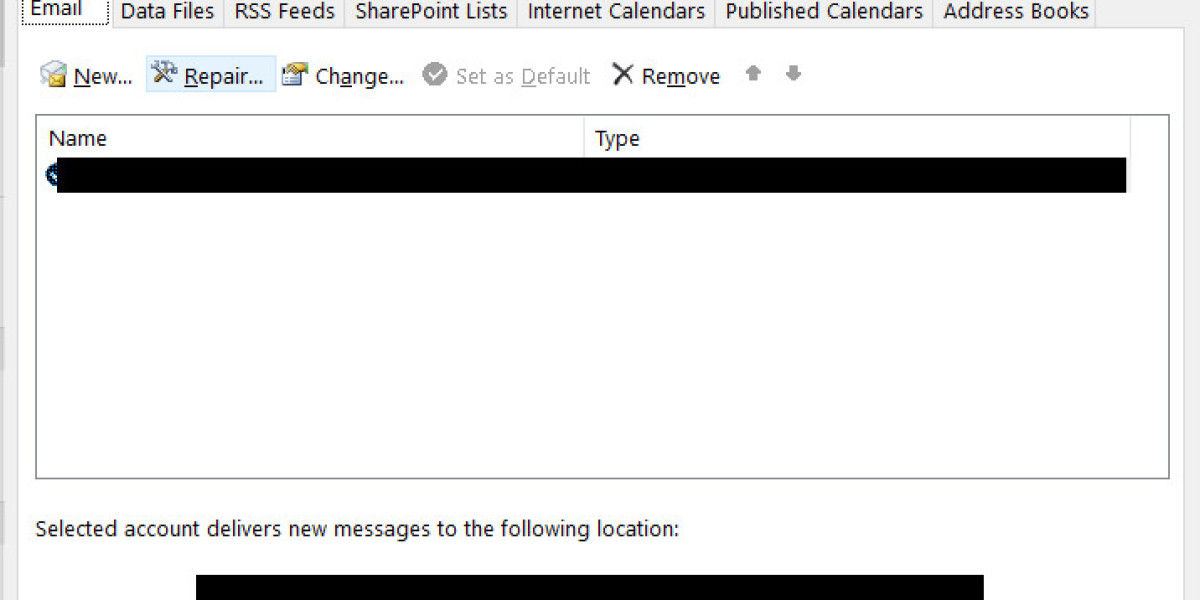While dropshipping has existed since the 1960s through mail-order catalogs, today's online environment has altered it into a sophisticated e-commerce model. The dropshipping history reflects a shift from simple catalog orders to automated, data-driven operations that capitalize on global supply chain
To succeed in this evolved terrain, you'll need to focus on niche markets, maintain strong supplier relationships, and employ advanced analytics - automate ecommerce business. The traditional hands-off approach isn't enough anymore – you must actively manage your brand, optimize your marketing strategies, and continuously adapt to changing market conditio
Position your store by identifying underserved market segments and establishing clear differentiators from competitors. Implement strong security measures and maintain transparent policies to build customer trust from day on
As digital commerce continues to evolve, several key trends are reshaping the dropshipping environment in 2025. Consumer behavior has shifted dramatically toward personalized shopping experiences, while niche markets have become increasingly profitable for focused entrepreneurs. You'll need to comprehend these changes to position your business effectivel
Market competition analysis serves as a critical cornerstone in identifying profitable dropshipping products. Through strategic niche identification and thorough competitor analysis - ecommerce fulfillment, you'll determine whether a product category offers sustainable opportunities or faces overwhelming competiti
BHIP eCommerce solutions When selecting your dropshipping platform, you'll need to evaluate pricing models ranging from Shopify's basic $29/month plan to WooCommerce's free but hosting-dependent structure. Monthly subscriptions often include varying features like abandoned cart recovery, unlimited products, and advanced analytics, but watch for additional costs such as payment processing fees, premium themes, and third-party app integrations. Most major platforms offer 14-30 day free trials, giving you hands-on experience to assess their value proposition before committing to a paid pla
To find your product's perfect price point, analyze your competition's pricing - learn dropshipping, calculate your total costs (including advertising and returns), and test different price points within this range to determine what appeals best to your target mark
Determining profitable markup rates starts with a clear understanding of your cost structure and desired profit targets. Successful pricing psychology requires strategic balance between competitive positioning and sustainable profit
During supplier selection, verify their track records, shipping capabilities, and product quality standards. You'll need to integrate their inventory feeds seamlessly into your store's backend - dropshipping products. Focus on suppliers who maintain consistent stock levels and offer competitive pric
Monitor your supplier's average processing times and select shipping options that balance speed with cost-effectiveness
Clearly communicate delivery expectations on your website, including estimated arrival dates and potential delays during peak seasons
Set up tracking systems to proactively identify shipping issues before customers complain
Establish relationships with multiple suppliers in different geographical locations to reduce delivery times and provide backup optio
Setting appropriate profit margins while staying competitive presents one of dropshipping's biggest challenges. You'll need to balance profitability with market realities through careful pricing strategies (profit margin) and competitive analysis. Don't fall into the trap of pricing too low just to beat competitors, as this can lead to unsustainable operatio
You'll need $500-2,000 for your initial investment, covering website setup, marketing, and product testing - profit margin. Plan for ongoing expenses like advertising ($200-500/month) and platform fees to maintain a sustainable dropshipping operati
Beyond the advertised monthly fees, dropshipping platforms often carry significant hidden costs that can impact your bottom line. When calculating your total expenses, you'll need to factor in transaction fees (typically 2-3%), credit card processing charges (1 - learn dropshipping.5-3%), and currency conversion fees for international sales (1-2
Before investing in any dropshipping product, you'll need strong data to validate market demand and identify emerging trends. Start by analyzing Google Trends data, monitoring search volume patterns, and tracking seasonal fluctuations to understand market momentum. Pay close attention to consumer behavior signals across social media platforms and e-commerce marketplace
Armed with this dropshipping product checklist, you're now equipped to steer through the e-commerce environment like a seasoned captain. Your success hinges on strategically balancing profitability metrics, market demand, and operational efficiency. By laser-focusing on these key indicators and keeping your finger on the pulse of consumer trends, you'll maximize your chances of launching products that don't just float but soar in today's competitive marketplac
indiraboothby4
154 Blog des postes



